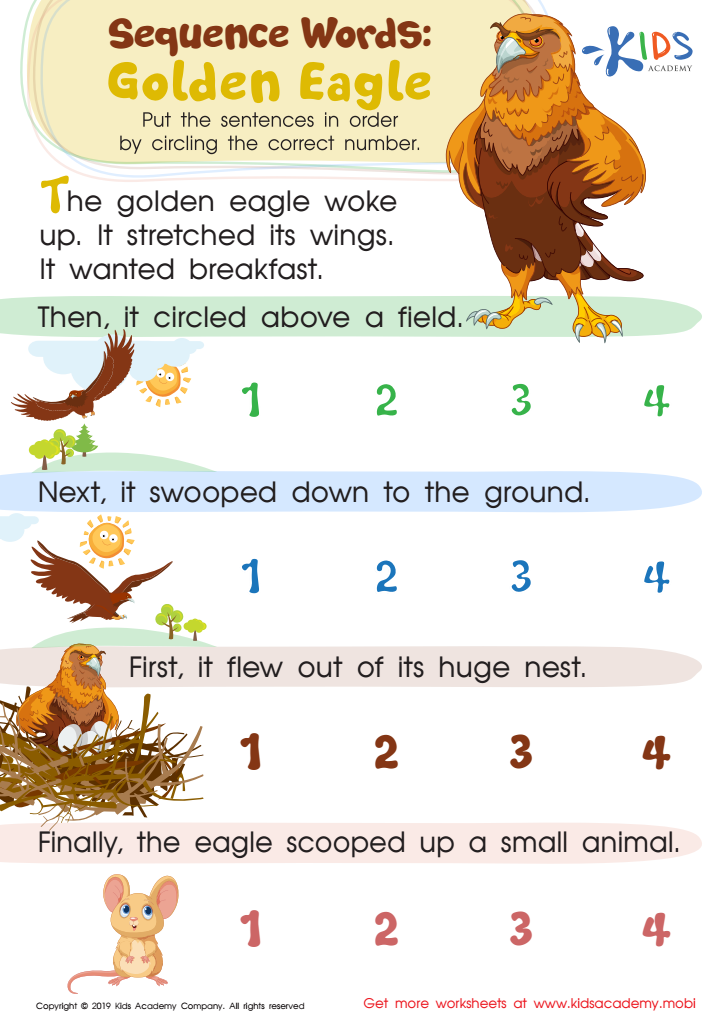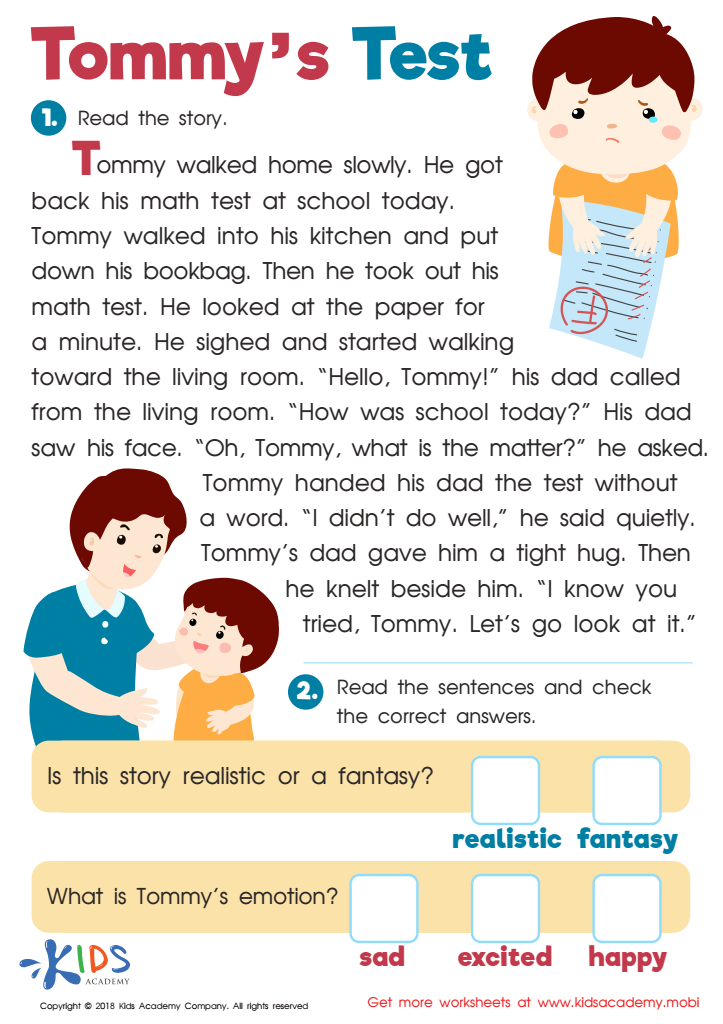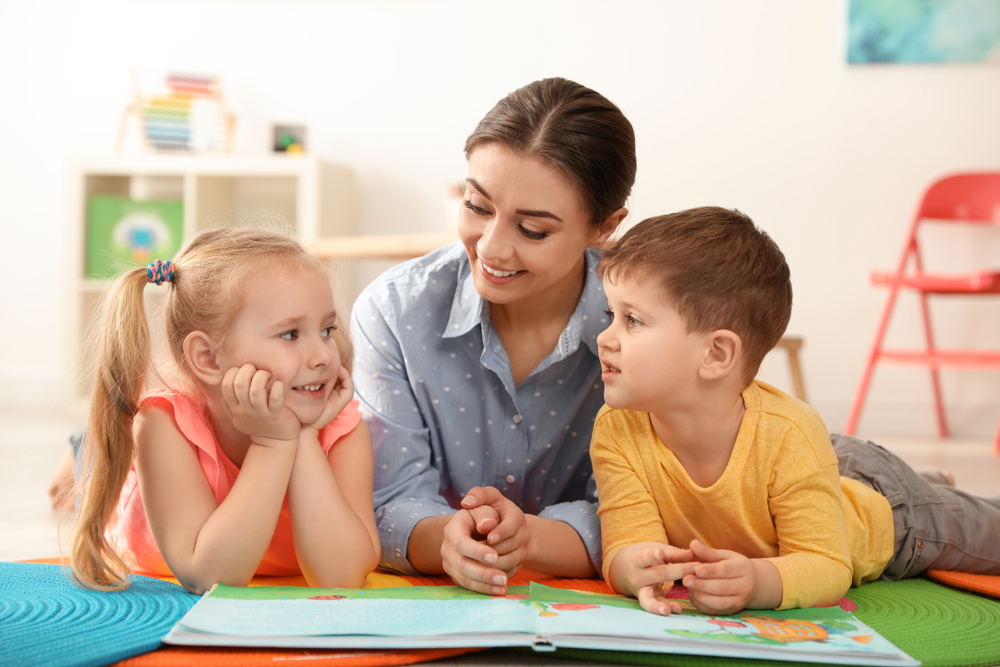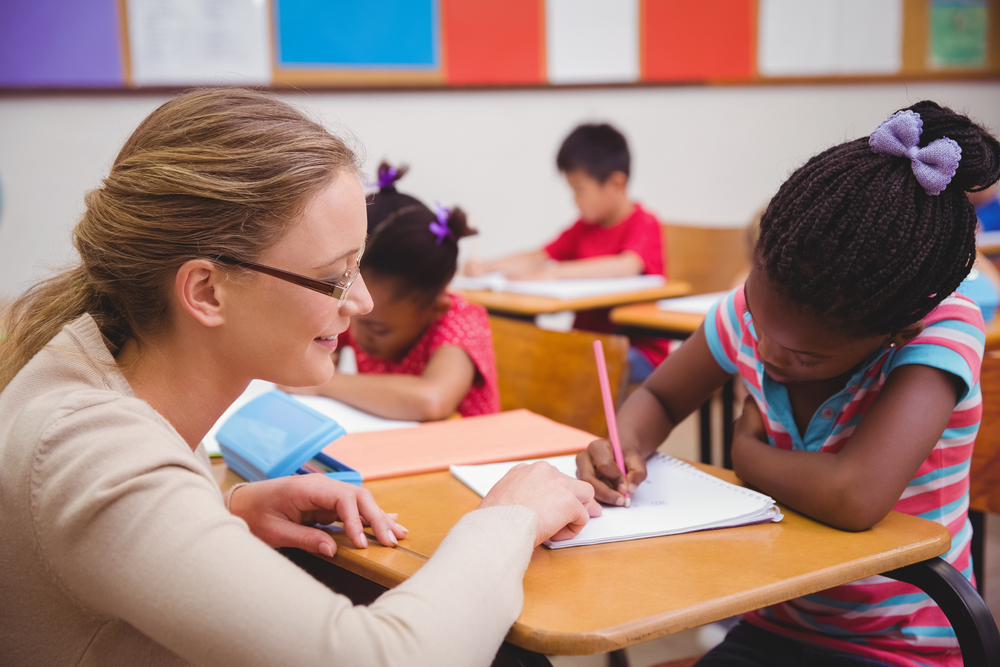Understanding Sequences Reading Comprehension Worksheets for 9-Year-Olds
3 filtered results
-
From - To
Discover the engaging "Understanding Sequences Reading Comprehension Worksheets" designed specifically for 9-year-olds. Our worksheets aim to enhance children's ability to identify and understand the sequence of events within a text, a crucial reading comprehension skill. Encouraging practice in logical order helps students make sense of stories and retain details better. Filled with age-appropriate passages and varied exercises, these worksheets support step-by-step mastery, promoting confidence and success in reading. Ideal for use in both classrooms and at home, our carefully crafted worksheets are a valuable resource for any young reader's education journey. Get started today and watch comprehension skills soar!


Sequence Word Eagle Worksheet


Tommys Test Worksheet


Sequencential Order Worksheet
Understanding sequences is a fundamental aspect of reading comprehension for 9-year-olds, making it crucial for parents and teachers to focus on this skill. At this age, children encounter increasingly complex narratives and informational texts. Grasping the sequence of events aids them in comprehending, retelling, and discussing these stories accurately.
When children understand sequences, they can identify the beginning, middle, and end of a story, which helps them predict outcomes and make connections between events. This in turn enhances their ability to infer meaning and develop deeper insights into the characters and plots they read about.
In educational settings, strong sequence comprehension translates to better performance in broader academic tasks. For instance, recognizing steps in math problems or scientific processes mirrors the organizational thinking required for sequencing in reading. This skill also aligns with developmental milestones, where logical thinking and structured approaches to problem-solving start to become more pronounced.
For educators, paying attention to how well students understand sequences can highlight areas needing further support, ensuring children develop robust reading and cognitive skills. For parents, nurturing sequence comprehension fosters a supportive reading environment, encouraging children to discuss and explore texts, which strengthens bond and engagement. Collectively, it ensures that children become proficient, enthusiastic readers equipped for future academic challenges.
 Assign to My Students
Assign to My Students




















